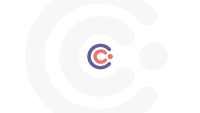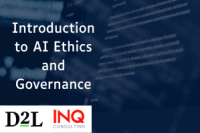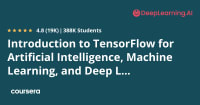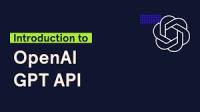Description
In this course, you will learn :
- Learn the fundamentals of AIoT technologies.
- Define AIoT and the key components of the AIoT Framework.
- Describe why the AIoT Framework is important.
- Apply the AIoT Playbook's key elements to evaluate various types of AIoT use cases: The Digital OEM Model, the Digital Equipment Operator Model, the Platform Model, and the Hybrid Model are all examples of digital models.
- Based on the use case and business requirements, implement an appropriate business strategy.
- Determine the scalability of a business model for a specific use case by determining where it falls on the AIoT short tail and long tail continuum.
- Using real-world case studies, assess how organisations implement a variety of AIoT business models to meet product/solution requirements.
- Determine the technical requirements for developing and deploying AI, IoT, and Digital Twin technologies.
- Use data strategies in the design of AIoT systems to optimise data-driven learning capabilities throughout the development process.
- Design the architecture of AIoT products using Agile V-Model principles.
- Apply Continuous Integration / Continuous Delivery (CI/CD) concepts to the development, testing, and deployment of AIoT systems.
- Determine the AIoT-related trust and security challenges, as well as how DevSecOps works in various use cases.
Syllabus :
- Introduction to AIoT
- Business Strategy
- Business Execution
- Technical Execution









